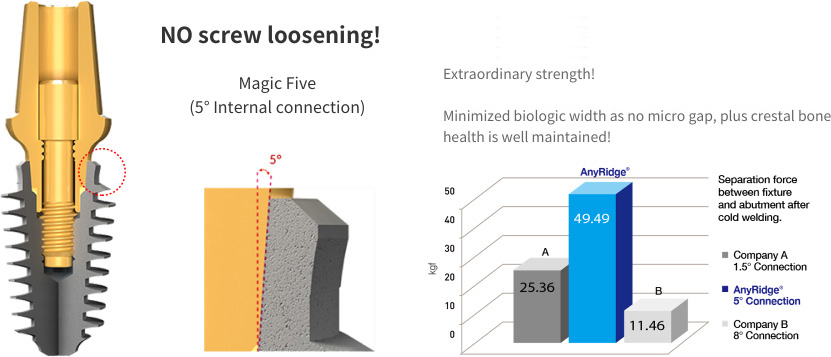AnyRidge


The Best on The Market
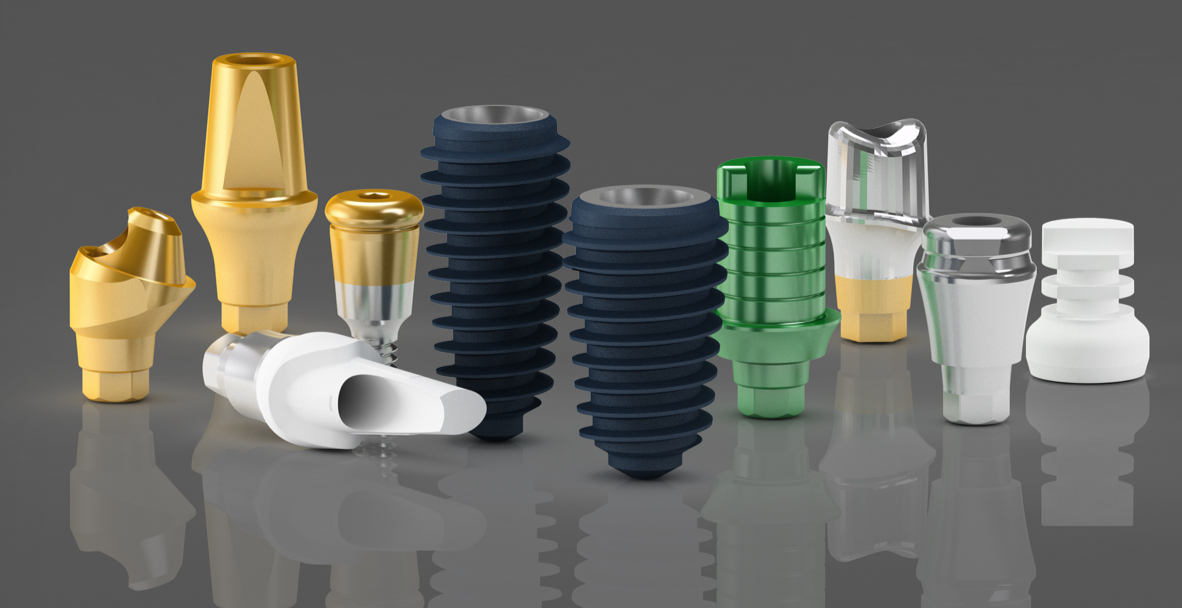
Key Advantages:
- Unique & valuable ISQ pattern: essential for predictable immediate or early loading
- Double Offset design for excellent soft tissue responses
- No screw loosening guaranteed!
With a special biologically-inspired design, AnyRidge® implants offer effective treatment solutions that are less invasive, fast, predictable, and esthetically superior, especially when considering immediate placement, immediate loading, and short implants.
Achieve amazing initial stability in any bone density (D1-D4) and with any ridge structure (width & depth) - hence the name AnyRidge®
How is this possible?
The magic is in the biological design of AnyRidge® implants:
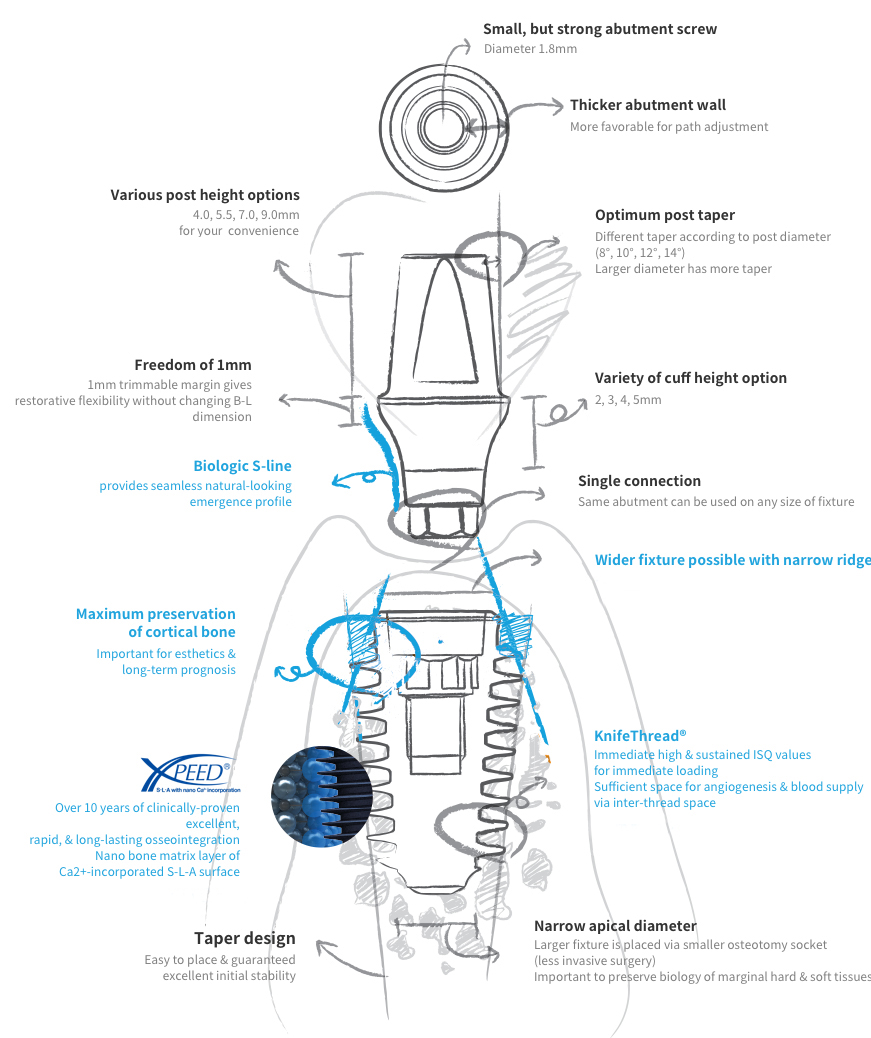
KnifeThread®
Same core diameter, but different thread depth

In contrast to conventional implant systems that destroy precious bone by using wider implants in soft bone, the AnyRidge® uses a standard core with various thread depths to cover all bone densities.
Using a customized drilling sequence according to the selected AnyRidge® implant and bone condition, the osteotomy socket is usually smaller (e.g. Ø5.0mm fixture can be placed in 2.9mm osteotomy socket in D4 bone), which preserves the crestal bone, reduces the overall bone loss, and provides excellent initial stability.
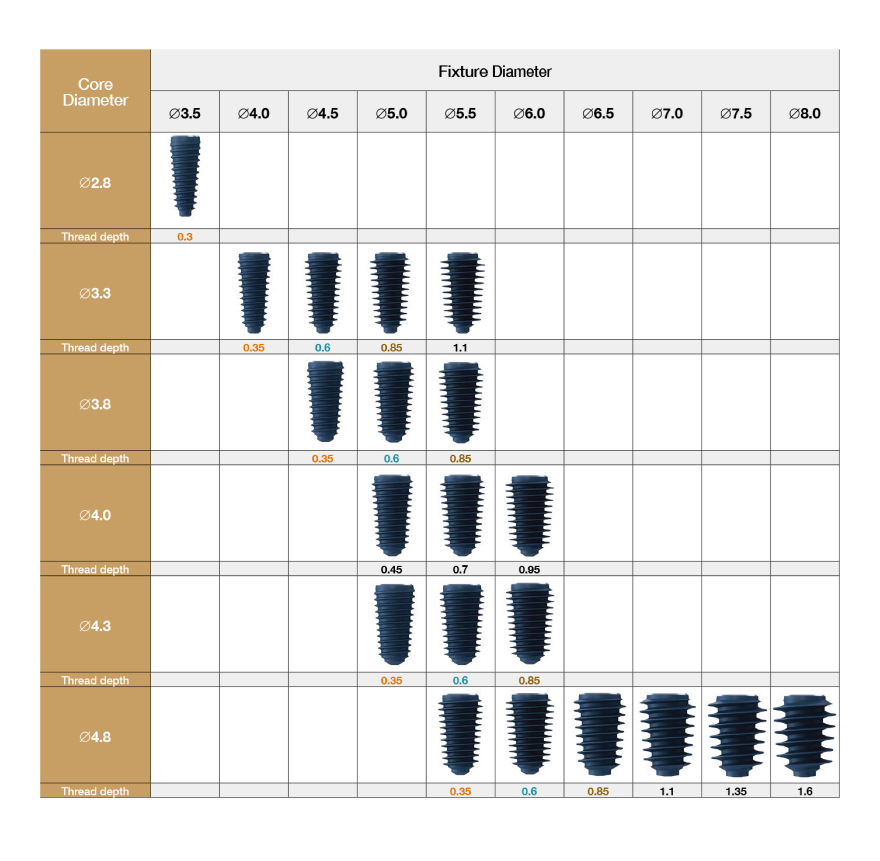
Maximized surface area & the large inter-thread area for faster osseointegration
Meanwhile, the innovative AnyRidge® self-tapping knife-shaped progressive thread design creates smooth and easy insertion that avoids bone necrosis, leaves space for blood circulation, and provides a larger surface area for faster osseointegration.1
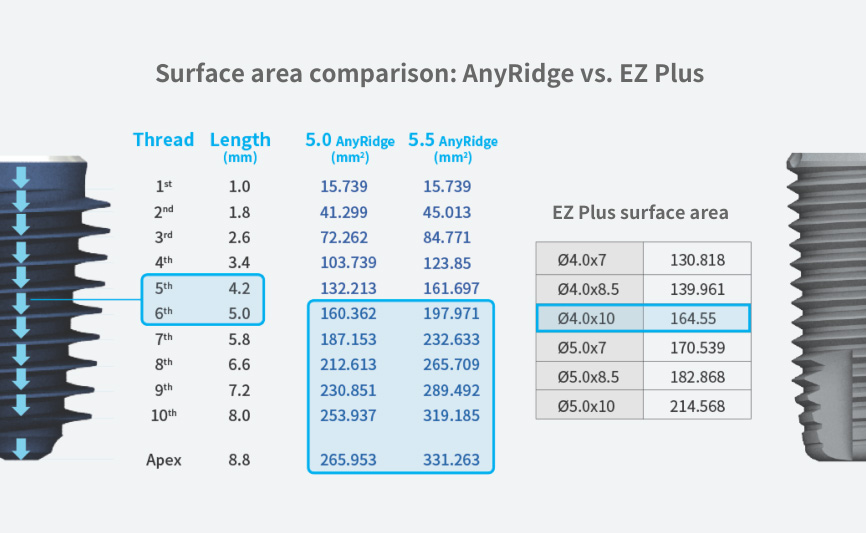
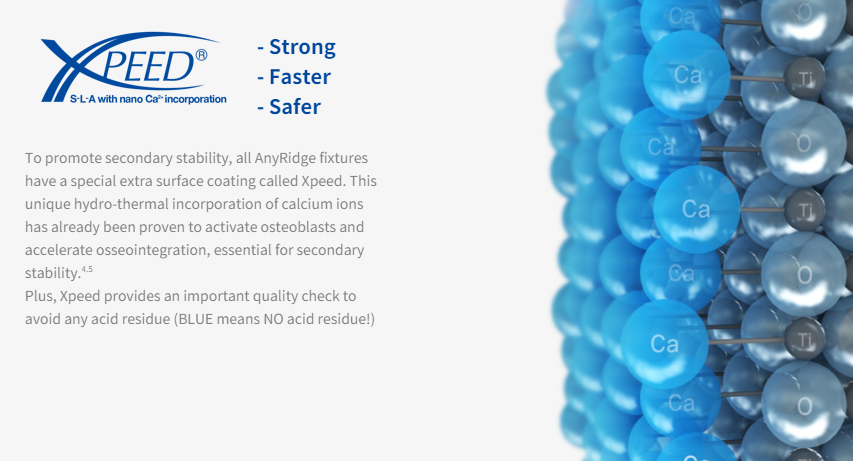
Complete Final prosthetics in ONLY 4 weeks
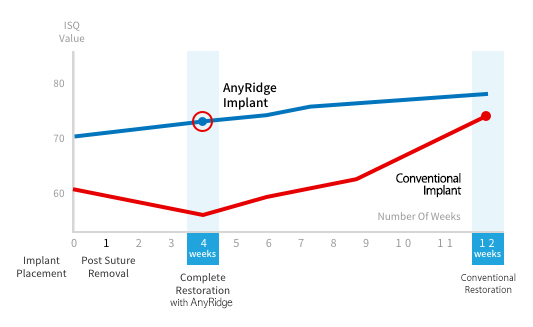
Most importantly, the resulting initial stability of AnyRidge® implants is usually high, as measured by the Implant Stability Quotient (ISQ) and insertion torque (IT). As a guide, an ISQ ≥ 60 and IT ≥ 45 N/cm are required for immediate functional loading.
In contrast to other implant systems, the ISQ values for AnyRidge® implants are maintained or increase over time, indicating fast osseointegration and effective secondary stability.2,3
Double Offset ®
Maximum preservation of cortical bone
No dependence on cortical bone for initial stability; decreased stress on cortical bone helps to prevent bone resorption after implantation.
Advanced coronal design allows maximum cortical bone preservation around implants Beyond osseointegration, AnyRidge® assures beautiful gingival line by preserving & maintaining more cortical bone.
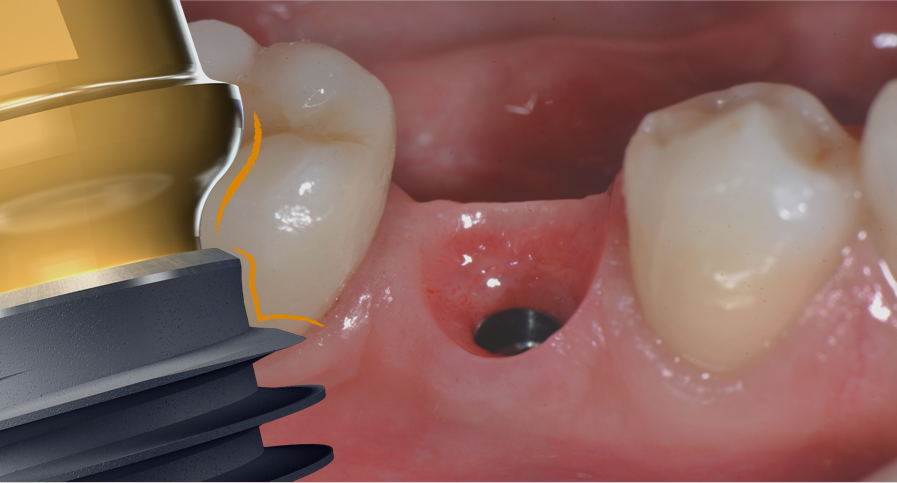
More cortical bone
= more soft tissue volume
= beautiful gingival line

Biologic S-line
A better peri-implant biotype & better emergence profile are assured due to a double offset structure incorporating a thread-less collar on the fixture and S-line cuff design on the prosthetics. 6,7
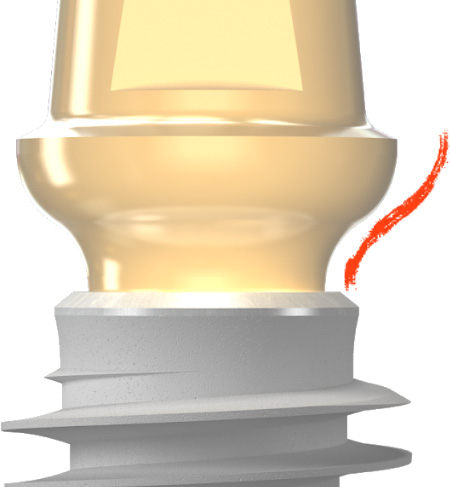
Prosthetics and Connection
